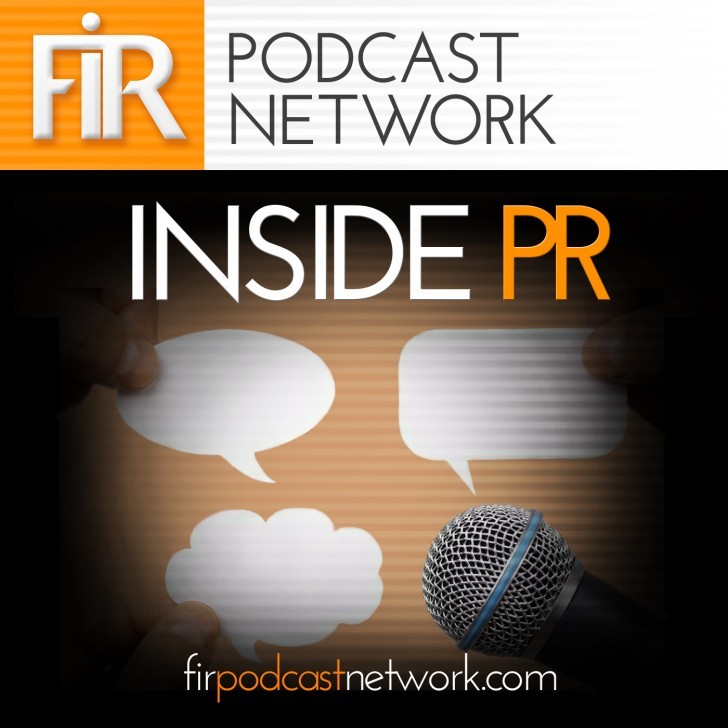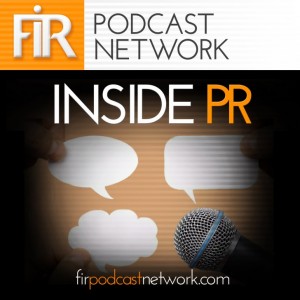Gini Dietrich, Martin Waxman and Joseph Thornley are back with another episode of the Inside PR podcast.
#IPRMustKnows
Martin Waxman’s Social Media Marketing for Small Business is on Lynda.com
Yes, this is a shameless plug. But since it’s Joe writing this, Martin doesn’t have to be embarrassed. In fact, I think Martin is as smart about social media as anyone I know. And now Martin is sharing this knowledge on Lynda.com. Martin tells us about his trip to California to record a video course, Social Media Marketing for Small Business.
Buzzfeed News isn’t entertainment
Buzzfeed separated its Buzzfeed news operation from the Buzzfeed entertainment operation. Prelude to a possible sale of Fuzzfeed News. Buzzfeed News Editor-in-Chief Ben Smith says no.
WhatsApp shares user data with Facebook
As happens so often with privacy concerns, after an initial spate of bad press, public protestations about Facebook’s decision to share user data from WhatsApp with Facebook seems to have died down. Our concern with privacy is something that spikes occasionally. But then we put it out of mind as we enjoy the experience of social media.
Wired tells us about teens and social media
A few things in Wired’s profile of teens and social media caught Gini’s eye. There are a lot of do’s and don’t’s. It’s not about understanding young people. It’s about looking at the social mores being established by a cohort that doesn’t have the baggage of previously shaped expectations and behaviour, a cohort that can lead the way in assessing new channels and defining norms of behaviour on them. As Martin says, “One generation’s romantic is another generation’s lurker.” (Apologies to John Cusack.)
The NY Times on Facebook
Liz Spayd, The New York Times Public Editor, recently offered her take on the content that The Times has been creating for Facebook. In her analysis, Facebook Live: Too Much, Too Soon, she states
“…here’s the problem. After watching countless hours of live video in the past few weeks, I have hit upon many that are either plagued by technical malfunctions, feel contrived, drone on too long, ignore audience questions or are simply boring, by I imagine most anyone’s standards.
“Too many don’t live up to the journalistic quality one typically associates with The New York Times.”
This leads Martin, Gini and I into a discussion of the nature of content appropriate to social media. It’s not always going to stand up to The Times’ traditional standards. But it will be effective in its new place, for different reasons.
Also worth noting in this article is something I hadn’t seen before. The New York Times has a contract to produce video content expressly for Facebook.
“While the terms of the deal are secret, the transaction requires Facebook to give The Times a guaranteed sum (reported to be $3 million a year) in return for a prescribed amount of video (so far it’s averaging upward of four a day). Neither Times officials nor Facebook would discuss the deal, citing confidentiality. Several other media companies, including BuzzFeed, Huffington Post and Mashable, have also signed on. Their job: to stock Facebook’s pond with high-quality video so it can compete in the rapidly growing market for live-stream video.”
The Times as content creator for Facebook. That’s something different from The Times posting its stories on Facebook. Different even from The Times posting its stories natively on Facebook. It is instead The Times creating content to meet Facebook’s needs. That is different – and worth watching.




